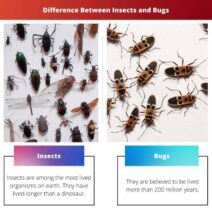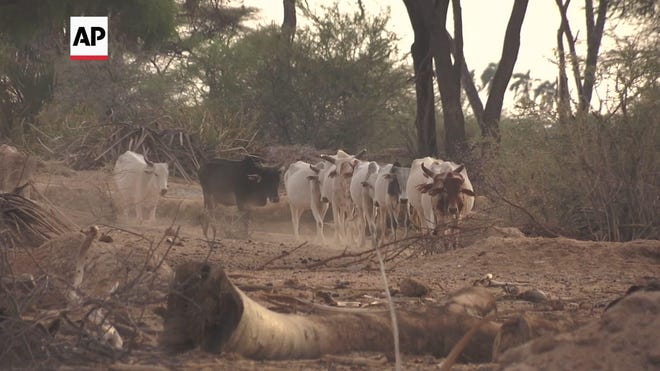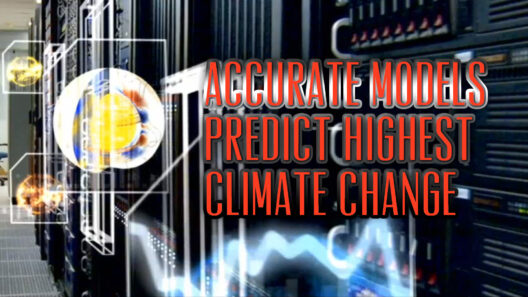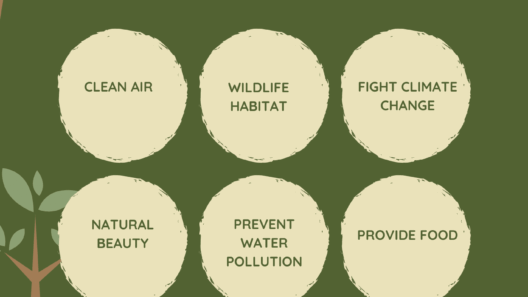Global warming, an alarming facet of climate change, has become a focal point of scientific inquiry and public discourse. One particularly dire consequence of this phenomenon is its impact on the severity and frequency of droughts. As the planet’s average temperature continues to rise, the manifestations of these climatic shifts have sparked considerable concern. This discourse delves into how global warming has exacerbated drought conditions, exploring the underlying mechanisms and broader implications.
To comprehend the escalation of drought phenomena, one must first understand what constitutes a drought. Droughts are not simply defined by a lack of precipitation; rather, they represent a protracted period in which water supply fails to meet demand, manifesting through various forms such as meteorological, agricultural, and hydrological droughts. Each category underscores a different dimension of water scarcity, influenced by climatic variables, soil moisture levels, and human water management practices.
The interplay between climate change and water availability is complex. As global temperatures rise, the atmosphere can hold more moisture. This increased capacity for moisture, while potentially leading to more intense rainfall events, also accelerates evaporation rates from both soils and water bodies. Consequently, although some regions may experience more precipitation overall, they may simultaneously suffer from extended dry spells due to the enhanced evaporation rate, compounding the risks of drought.
Research indicates a discernible trend in the intensification of droughts correlating with rising temperatures. Regions previously considered temperate are now grappling with unprecedented dry conditions. For instance, studies have shown that the Western United States has witnessed a significant increase in both the duration and intensity of droughts over the past few decades. This alarming trend can be attributed to the combined effects of higher temperatures and climate variability, rendering ecosystems and water supplies increasingly vulnerable.
Moreover, the phenomenon of “climate change-induced drought” extends beyond mere temperature increases. Changes in weather patterns, exacerbated by global warming, lead to alterations in precipitation distribution. The polar jet stream, a significant player in determining weather patterns, has demonstrated shifts that influence storm trajectories and durations. This can result in prolonged dry spells in certain areas while simultaneously deluging others. Such irregularities exacerbate drought conditions, particularly in regions that are already water-stressed.
In addition, human activities exacerbate the effects of global warming on drought conditions. Deforestation, land use changes, and unsustainable agricultural practices compound the stresses placed on water resources. Forests play a critical role in the water cycle, facilitating rainfall and maintaining moisture levels in the atmosphere and soil. Its removal can lead to decreased rainfall and increased soil erosion, further diminishing the land’s resilience to drought conditions.
Another factor to consider is the socio-economic repercussions of intensified droughts. As agricultural systems falter under the weight of reduced water supplies, food security is jeopardized. Regions heavily reliant on agriculture may face dire economic consequences, leading to heightened food prices and widespread distress among farming communities. The ripple effects of drought extend into urban settings as well, complicating water management and straining municipal systems. This intersection of environmental challenge and human vulnerability underscores the urgency of addressing the underlying causes of drought in the context of climate change.
Policy responses must also reflect the realities of a warming world. Adaptive strategies, such as integrated water resource management, sustainable agricultural practices, and enhancing water conservation methods, are pivotal in mitigating the impacts of drought. Legislation that promotes renewable energy sources can also play a crucial role in reducing greenhouse gas emissions, the principal driver of global warming. Additionally, promoting awareness and education about climate resilience is essential in empowering communities to adapt to these changing conditions.
The challenges posed by droughts in the context of global warming compel a multifaceted approach. It is essential to consider not only the environmental impacts but also the socio-economic factors that dictate community resilience. Understanding the nuanced relationship between climate change and drought requires a commitment to utilizing scientific research in formulating policies and practices that address both immediate and long-term needs.
As we explore the question, “Has global warming made droughts worse?” it becomes evident that the answer is multifaceted. Droughts, in their many forms, have been exacerbated by a warming climate, influencing not just ecosystems but also human livelihoods. In addressing these challenges, it is imperative to foster cooperation among scientists, policymakers, and communities to forge sustainable solutions. Prioritizing resilience in the face of climate realities may prove to be humanity’s most crucial endeavor in the years ahead.
Ultimately, the effects of global warming on drought conditions underline a critical narrative—our planet is shifting. It beckons a clarion call to action, urging global citizens, businesses, and governments to recognize that mitigation and adaptation efforts must be prioritized. In the quest for sustainability, every endeavor contributes to a more resilient future, one where the specter of drought does not loom as an ever-present threat.








